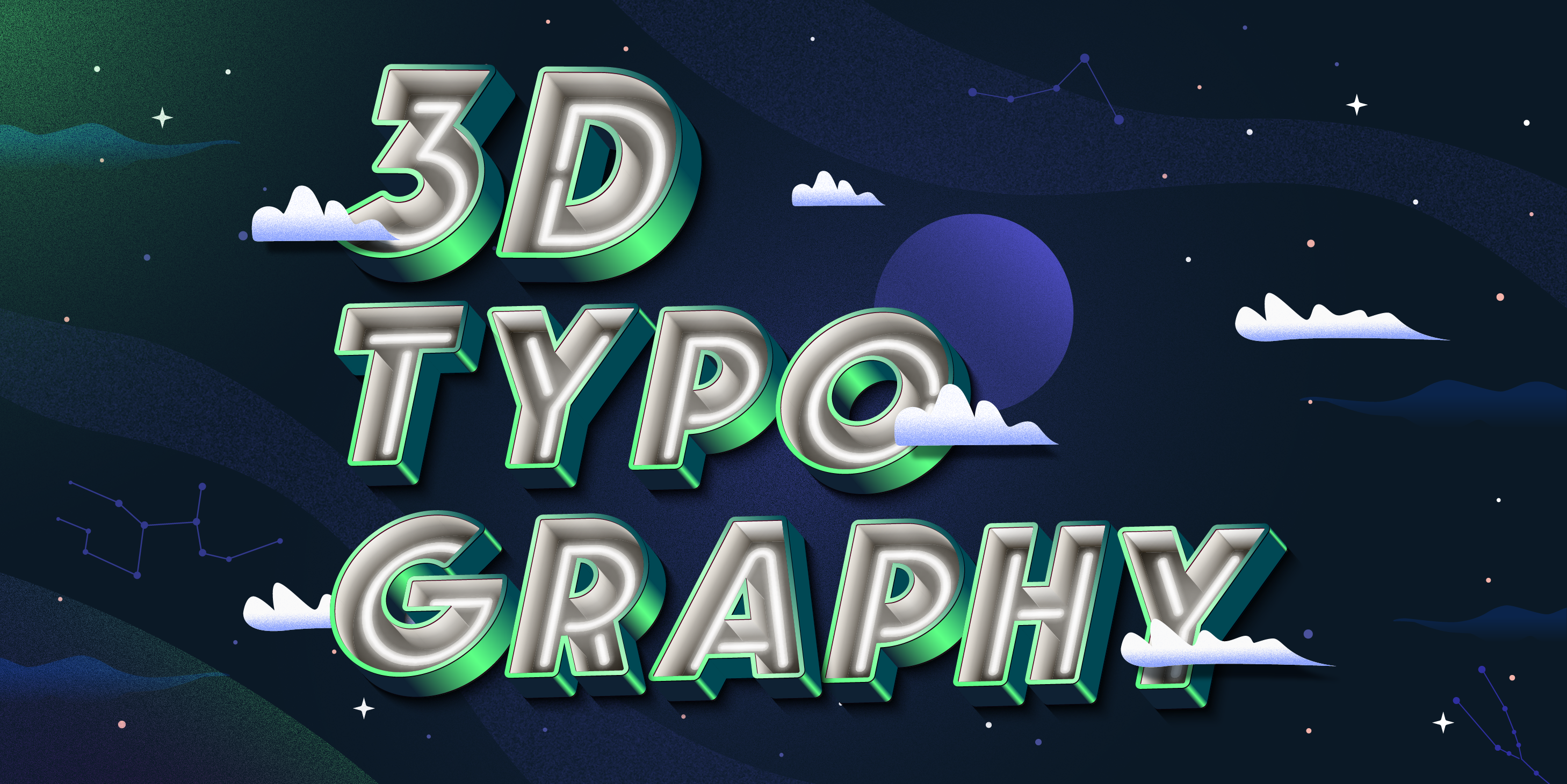
Fonts are the building blocks of any visual communication medium, dictating the tone, voice, and readability of the message. In essence, serif and sans serif are two primary types of fonts, each with distinct characteristics.
The main distinction lies in the presence or absence of small lines, or strokes, attached to the end of larger strokes in a letter or symbol.This guide delves into the specifics of these two font types, providing insights into their characteristics, usage, and benefits.
Understanding Serif Fonts
Serif fonts are a classic choice in typography, often recognised by the small lines or strokes attached to their letters. Serif fonts, such as Times New Roman or Georgia, are characterized by their small decorative strokes that extend from the main strokes of a character, offering a traditional and formal feel.
Historical Background of Serif Fonts
Delving into the historical context can provide a deeper understanding of the origins and evolution of serif fonts. Originating from the Latin script in the Roman Empire, serif fonts have a long history that underpins much of Western typography. This makes them a timeless choice for various contexts.
Examples of Popular Serif Fonts
The realm of serif fonts is extensive and diverse, offering a wide range of styles that cater to various applications, from formal to creative. Many well-known typefaces fall under the category of serif fonts, each with its unique appeal, aesthetic, and application.
Here are some popular serif fonts, along with a brief description of their key characteristics:
- Times New Roman: This classic serif font is widely used in newspapers, magazines, and books. Its excellent readability and formal appearance make it a go-to choice for academic and professional writing.
- Georgia: Designed specifically for screen readability, Georgia combines the traditional appeal of serif fonts with excellent legibility on digital displays. It's a common choice for website body text.
- Garamond: An old-style serif font, Garamond imparts a sense of elegance and sophistication, making it ideal for luxury brands or formal invitations.
- Baskerville: Renowned for its balance and readability, Baskerville is often used in book design and lengthy texts. Its refined structure gives content a trustworthy and reliable feel.
- Palatino: Palatino stands out for its large, open counters and wide strokes, which ensure legibility even at smaller sizes. It's a versatile font, suitable for both text and display use.
Remember, the choice of font can significantly influence how your message is perceived. As such, understanding the aesthetic and functional aspects of these popular serif fonts can be a powerful tool in your typographic toolkit.
The Advantages of Using Serif Fonts
The enduring popularity of serif fonts is a testament to their numerous advantages. From readability to aesthetic appeal, these fonts bring significant benefits to a range of applications.
Key benefits of serif fonts include:
- Readability: The small strokes or serifs guide the reader's eye along the lines of text, making serif fonts more readable for long-form text and print materials.
- Professional Appeal: Serif fonts exude a formal, traditional, and professional aesthetic that can impart a sense of credibility to the text.
- Design Flexibility: The rich variety of serif fonts available allows designers to select the perfect style to match the tone and mood of their work.
- Visual Interest: The added serif detail can give your design a more crafted, high-end feel.
- Versatility: With options ranging from old-style to transitional and modern serifs, there is a serif font suitable for every context, from academic papers to sophisticated branding.
Common Uses of Serif Fonts
Serif fonts are prevalent in a variety of mediums and applications due to their readability and classic aesthetic.
Here are some common uses of serif fonts:
- Books and Print Publications: Serif fonts, such as Times New Roman and Garamond, are often used in books and print publications due to their improved readability in long passages of text.
- Academic and Research Papers: The formal and authoritative look of serif fonts makes them an excellent choice for academic papers, research documents, and scholarly articles.
- Newspapers: Newspapers often use serif fonts for body text as they guide the reader's eye along the line of text, making them more comfortable for extended reading.
- Legal Documents: Due to their formal and trustworthy appearance, serif fonts are frequently used in legal documents and other formal correspondences.
- Branding and Logos: Many established brands opt for serif fonts in their logos and branding to convey a sense of tradition, reliability, and respectability.
- Advertising and Marketing: For ad campaigns or marketing materials aiming to evoke a classic, elegant, or sophisticated vibe, serif fonts can be the perfect choice.
Understanding Sans Serif Fonts
Sans serif fonts, devoid of the small lines characteristic of serif fonts, offer a modern and clean look. Sans serif fonts, such as Arial or Helvetica, are characterized by simple, clean lines without additional strokes, offering a modern and straightforward aesthetic.
Historical Background of Sans Serif Fonts
Sans serif fonts also possess a rich history that is reflected in their style. Sans serif fonts emerged in the 19th century, primarily influenced by the Modernist design movement. Thus, they are often associated with modern, clean, and minimalist designs.
Examples of Popular Sans Serif Fonts
The world of sans serif fonts is varied and expansive, offering many styles that cater to an array of applications. These fonts, known for their clean lines and modern feel, are integral to contemporary design. Some of the most popular sans serif fonts, widely recognized for their modern appeal, include Arial, Helvetica, Verdana, and Futura.
Let's explore these popular sans serif fonts:
- Arial: A staple in digital design, Arial is renowned for its clean lines and excellent screen readability. Its simplicity makes it versatile for a wide range of applications.
- Helvetica: Celebrated for its neutral and clear design, Helvetica is a go-to for many graphic designers. Its wide array of weights and styles provides significant flexibility in design.
- Verdana: Designed specifically for clarity on digital displays, Verdana is commonly used in web design and other screen-based applications. Its wide proportions and generous spacing ensure clear readability, even at small sizes.
- Futura: Known for its geometric shapes and even weight distribution, Futura imparts a sense of efficiency and forwardness. It's a favorite for branding and logo design.
The Advantages of Using Sans Serif Fonts
Sans serif fonts, characterized by their clean and straightforward design, offer a range of advantages that make them a go-to choice for many designers, particularly in the digital realm.
Here are some of the key advantages of using sans serif fonts:
- Screen Readability: Sans serif fonts, with their clear, simple shapes, are often easier to read on digital screens, particularly at small sizes.
- Modern Appeal: Sans serif fonts convey a clean, modern, and minimalist aesthetic, aligning well with contemporary design trends.
- Versatility: The broad variety of sans serif fonts available allows for a wide range of tones and moods, from friendly and casual to sleek and professional.
- Legibility at Various Sizes: Sans serif fonts retain their legibility even at smaller sizes, making them ideal for captions, mobile interfaces, and web design.
- User Interface Design: The clear, unadorned design of sans serif fonts makes them popular for user interfaces, where clarity and simplicity are paramount.
What Sans Serif Fonts Are Best Used For
Sans serif fonts, with their crisp visibility and contemporary aesthetics, find their strengths in a number of specific applications.
Here are some common uses of sans serif fonts:
- Web Design: The superior screen readability of sans serif fonts makes them popular for web content, ensuring text is easy to read even in smaller sizes.
- Headings and Captions: Sans serif fonts are often used for headings and captions where clarity and impact are needed. Their simple lines ensure legibility even at large sizes.
- Mobile and Digital Media: With their clean and modern look, sans serif fonts are widely used in mobile interfaces, apps, and other digital media.
- Logo and Branding: Many modern and tech-based brands opt for sans serif fonts in their logos and branding materials to reflect a sense of modernity and progressiveness.
- User Interfaces (UI): For UI design, sans serif fonts are commonly chosen due to their simplicity and clear readability, enhancing user experience.
Knowing where sans serif fonts excel can assist you in making strategic font choices, leveraging their strengths for effective and compelling communication.
Comparing Serif and Sans Serif Fonts
Choosing between serif and sans serif fonts often depends on the specific requirements of a project.
Serif fonts tend to be more readable in long-form and print text, while sans serif fonts offer better legibility on digital screens. The context, audience, and platform are crucial factors in this decision.
Practical Applications of Serif and Sans Serif Fonts
Using the right font can enhance the effectiveness of your communication on both print and digital platforms.
Serif fonts are generally preferred for print materials and formal documents due to their classic aesthetic and readability. In contrast, sans serif fonts are often used in digital platforms for their clean look and screen legibility.
Conclusion
Understanding the nuances of serif and sans serif fonts is pivotal in making an effective typographical choice. Serif and sans serif fonts each carries unique aesthetics, readability factors, and historical contexts. The appropriate use of these fonts can significantly enhance the effectiveness of your visual communication.






